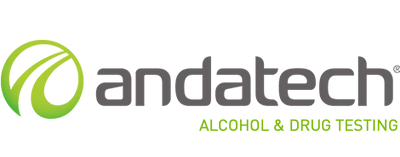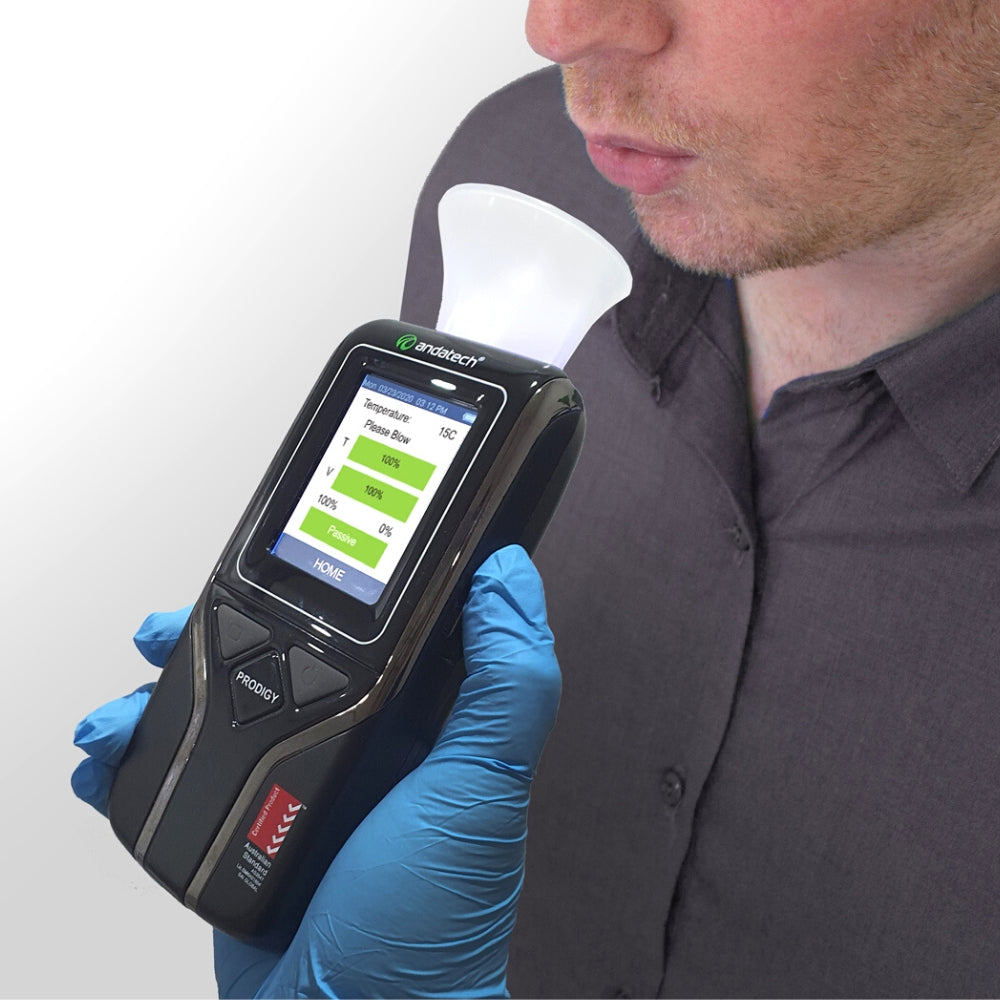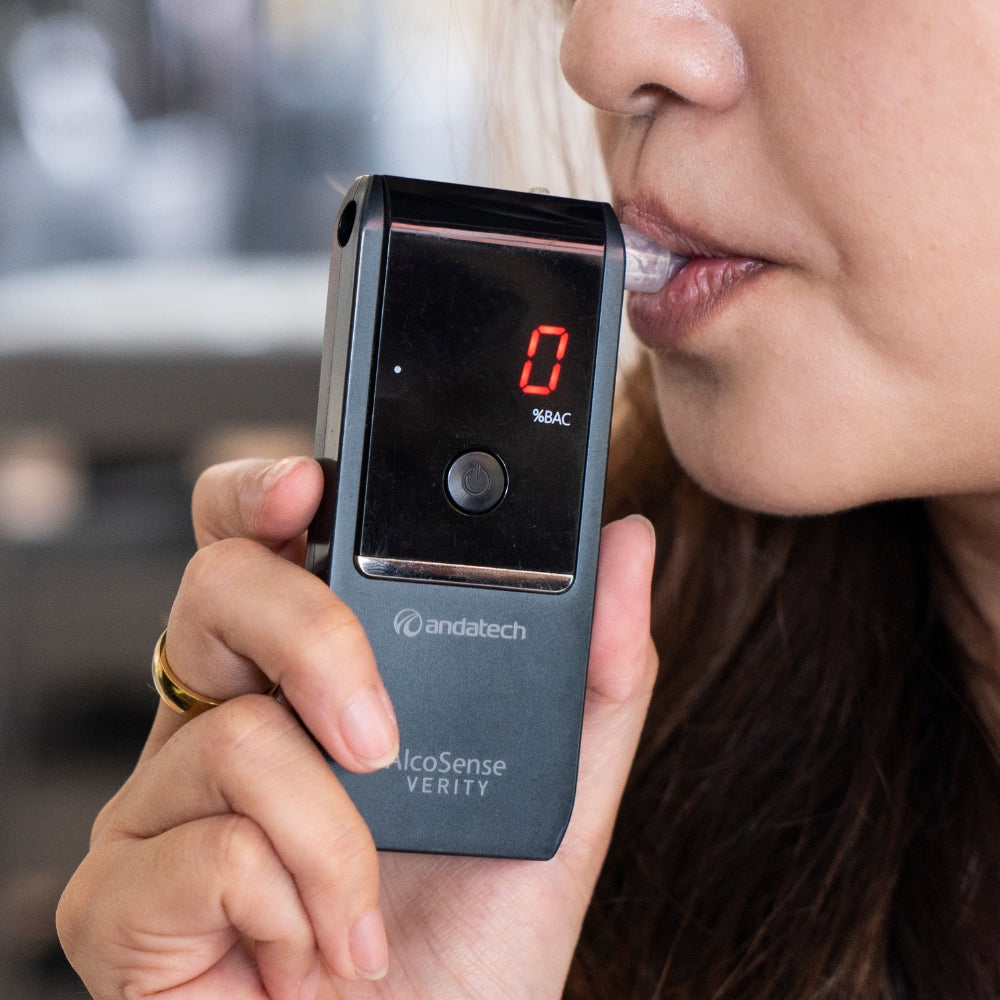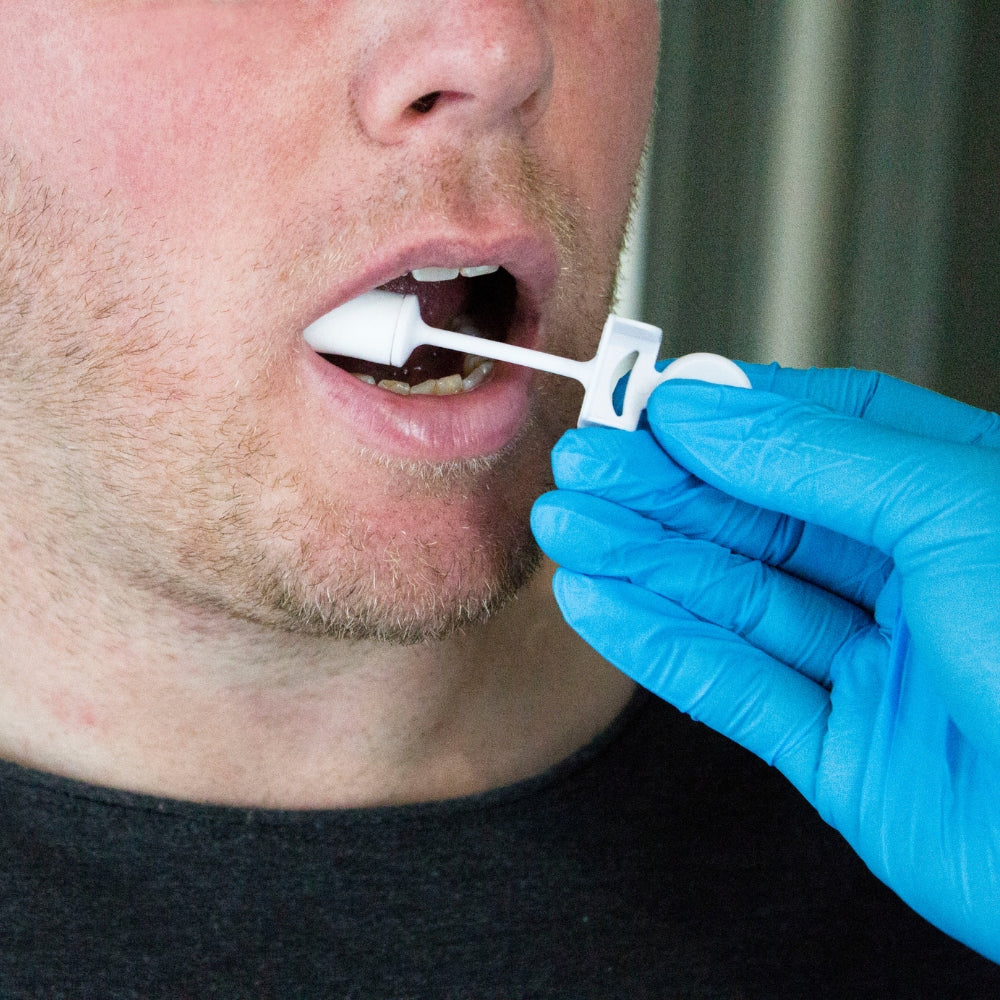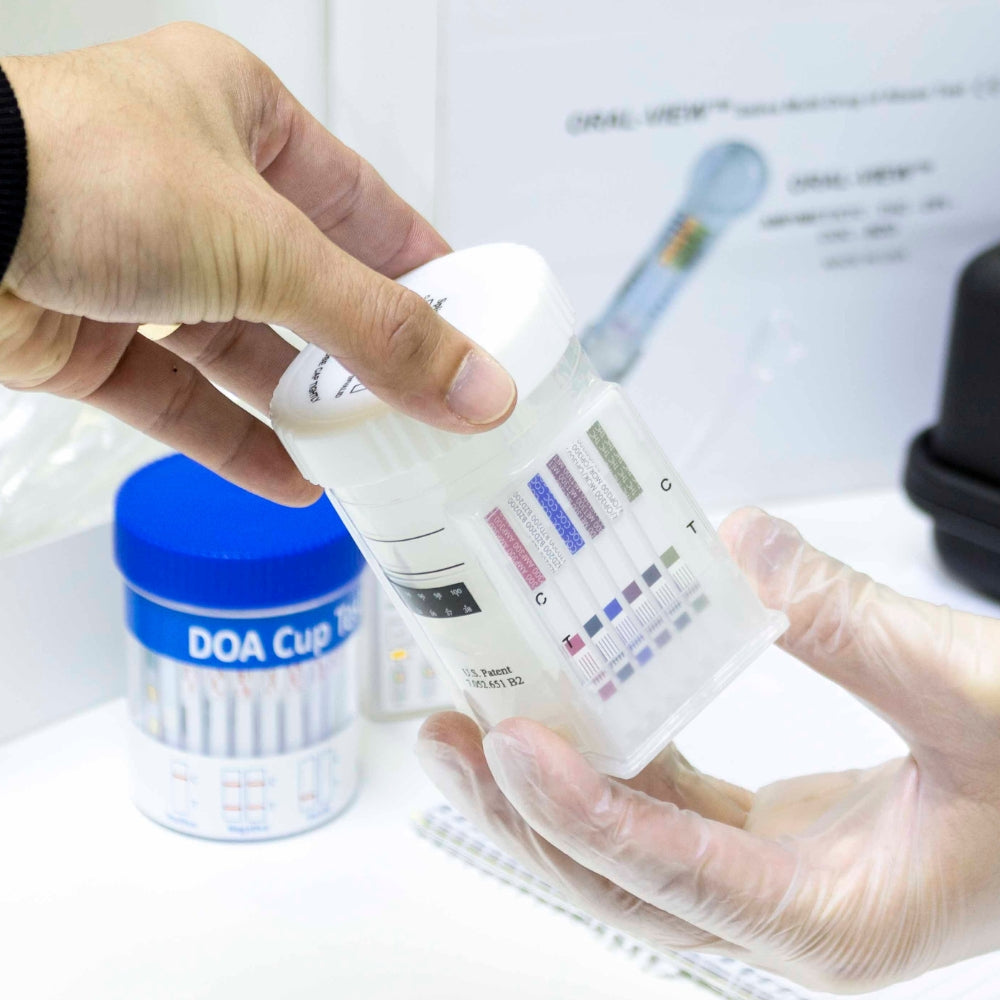About $6 billion is lost each year as a result of lost productivity related to alcohol and drugs. At the same time, 1 in 10 workers reported that they are affected by a co-worker’s use of alcohol which includes a reduced ability to do their job, involvement in an accident or having to work extra hours to cover for a co-worker.
With those statistics in mind, it’s essential to see why alcohol and drug testing at the workplace is important as this will help to ensure a safer workplace free from drugs and alcohol. In fact, the model Work Health and Safety Act requires a person conducting a business must ensure the health and safety of workers and others at the workplace.
This includes conducting drug and alcohol testing to ensure that no worker can go about their duties while intoxicated.
What is drug and alcohol testing?
Drug and alcohol (D&A) testing is an integral part of enforcing workplace safety. Through drug and alcohol testing, employers can enjoy peace of mind knowing that their employees are not impaired when on the job, therefore, improving overall productivity and well-being of the workplace.
D&A testing at the workplace involves screening individuals for the presence of drugs or drug metabolites in their system. Different methods of alcohol and drug testing are used by employers with the most common being urine and saliva drug testing. Other methods include blood and hair drug testing.
Different tests are employed depending on various factors such as the type of drug to be tested for, the period since last use and the level of accuracy required.
Andatech drug test kits detect a wide variety of different drugs including alcohol. However, when it comes to alcohol testing, the use of a breathalyser is the most common and reliable as results are delivered instantly with specific readings. Selected Andatech breathalysers allow users to manage employees’ breath alcohol data from multiple sites in one place through the Andalink cloud storage system.
Below is a breakdown of the different methods of test.
Types of tests
Hair testing
Testing for drugs through hair involves an officer extracting a small hair sample to be sent to a laboratory to be analysed for any traces of drugs. The sample is usually washed to remove external contaminants, and the drug metabolites that are trapped within the hair shaft are extracted using a solvent. This testing method can detect drug use for as long as 90 days after the last use. The downside to this method is that it usually takes a longer time to get the results.
Blood testing
The most invasive of drug testing methods, blood testing involves drawing a blood sample from an individual and testing it for the presence of drugs or their metabolites. Blood testing can detect drugs in the bloodstream immediately after use. Despite being one of the most accurate testing methods, its invasiveness stops most employers from using it.
Urine testing
Urine testing is one of the two most common methods of drug testing in the workplace. By using an Andatech urine drug test kit, subjects will simply need to deposit a urine sample into the testing cup provided, and results will be displayed within 5 minutes.
Saliva testing
The second of the two most common methods of drug testing in the workplace, saliva testing works similarly to urine testing, where a saliva sample is collected by swabbing the inside of the mouth with a collection device which is then placed in the testing device for analysis. Like urine testing, Andatech saliva test kits deliver results in mere minutes.
What drugs can be detected?
Andatech drug test kits detect up to 11 major drug groups and alcohol, delivering results as fast as 4 minutes. Among the drugs that Andatech drug test kits can detect are
- Amphetamine
- Cocaine
- Synthetic THC
- Benzodiazepines
- Methamphetamine
- Opiates
- Cannabis metabolites
- Oxycodone
- Methadone
- Ketamine
- Barbiturates
It’s also important to note drug detection windows for each drug for a better understanding of how drug testing works.
Benefits of testing
As we know that drug and alcohol testing is necessary to ensure a safe workplace, D&A testing at the workplace carries other benefits, such as those below.
Deterrent effect
Employees aware that D&A testing is being conducted at the workplace can discourage employees from taking drugs or alcohol while at work for fear of getting in trouble.
Increase productivity
As we know, drugs and alcohol can impair an employee’s performance which leads to decreased productivity. By identifying and addressing drug and alcohol use at the workplace, productivity and efficiency will likely improve.
Legal compliance
Some industries, such as aviation, transport, construction and more, are legally obliged to conduct drug and alcohol testing to ensure that heavy vehicle operators and other relevant staff are fit to drive.
Protecting company reputation
Accidents involving drugs and alcohol can damage a company’s reputation. By testing employees often, the occurrence of such accidents will be reduced, and this will help protect the company’s reputation.
Challenges of testing
It can now be seen that D&A testing at the workplace carries many benefits and should be a staple procedure in any workplace. However, a few concerns may arise when implementing a D&A testing policy, including privacy, legality, errors and more.
Below is a breakdown of some of the common challenges organisations face when implementing their D&A testing policy
Legal and ethical concerns
Employers must ensure that any testing conducted must comply with the organisation’s testing policy and relevant regulations. The privacy and dignity of employees must also be respected at all times.
Cost
Implementing a holistic testing programme can prove to be quite costly, especially for small businesses. Some of the costs include the purchase of testing equipment, employee training and, if needed, the hiring of drug testing officials and laboratory analysis.
False positives
Testing is never 100% accurate, and there may always be a possibility of false positives. This can be a particular concern for employees under prescribed medication that may be mistaken for illegal drugs.
Difficulty detecting designer drugs
Some newer, designer drugs may be much more difficult to test using standard drug testing methods.
It’s very important that employers consider these challenges and work to design a holistic drug and alcohol testing policy while keeping these challenges in mind. This way, fairness, efficiency and respect are ensured throughout the testing process.
Andatech offers a range of saliva and urine drug test kits that effectively detect up to 11 kinds of drugs and alcohol that are easy to use and reliable. Contact Andatech for specialised on-site testing and everything you need for a drug and alcohol-free workplace.
Disclaimer: The information provided in this article is for general reference only. Please seek advice from professionals according to your business’s needs.
Written by Jaka Exstrada
